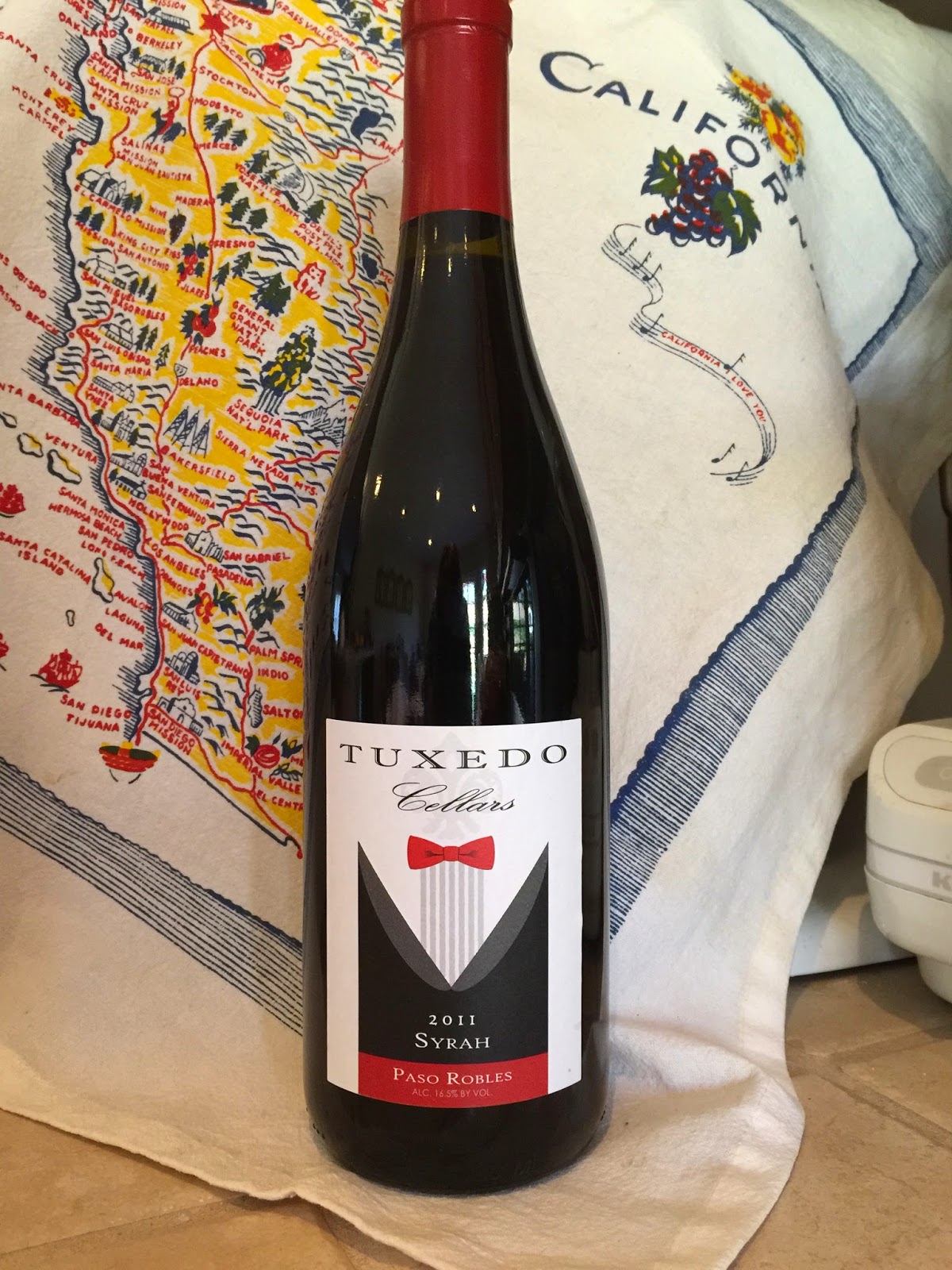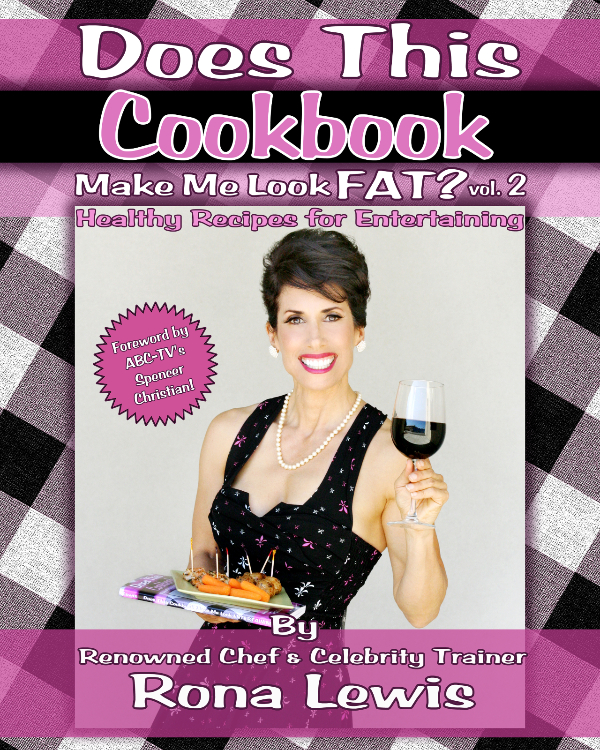| Tuxedo Syrah has 16.5% alcohol, and is well balanced |
HHave you ever not purchased a bottle of wine based solely on its alcohol content?
I did that for the first time recently, as I was looking for a wine to pair with a duck breast with lingonberry sauce being served at a dinner party I was attending. After consulting What to Drink With What You Eat,*which is my trusted source in culinary matters, I began my search for a fruit-forward Zinfandel, which I was told would pair well with the fruit of the sauce. I liked the pairing, so I searched the stock at The Wine House(where I work) and found three staff favorites to choose among, none of which I had tasted before. I outright rejected one for its 17%+ alcohol. The mere thought of that much alcohol gave me a hangover headache.
Was I wrong for pooh-poohing this wine merely because of its high alcohol?
I’m beginning to rethink the matter since attending a panel discussion on the topic of high-alcohol wine at the Garagiste Festival Southern Exposure in Solvang last weekend. “The Elephant in the Bottle: The Great California Alcohol Debate” featured Norm Yost of Flying Goat Cellars, Keith Saarloos from Saarloos & Sons, and Stillman Brown from Zeppelin Winery, all of whom produce what would be considered “high-alcohol” wines. Attendees tasted each of the panelist’s wines and voted on what they thought the alcohol level was.
For the purposes of this discussion, and according to the Wine & Spirit Education Trust guidelines, wines with 14% and above abv (alcohol by volume) are considered high-alcohol wines. They also note that alcohol in wines are generally rising worldwide. Whether or not this is due to rising global temperatures, the influence of critic Robert Parker, or just winemakers’ choices is debatable and beyond the scope of this post.
But, it is a fact, and has been a fact forever that California is a warm, sunny environment for growing grapes, which produces more sugar, which results in higher alcohol. Plus, California weather has been fairly consistent year to year. The same cannot be said for “old world” growing environments, such as Bordeaux and Burgundy, where often there are far fewer sunny days and greater variation in weather conditions year to year. And lower-alcohol wines. “It’s a cloudy world versus a sunny world” debate, quipped one of the panelists at the Garagiste event.
Higher alcohol comes with the territory in California, and it’s created what many call the “California palate,” which I own to some extent. But there have been many disparaging comments about “fruit bombs” and “hot” wines, some of which are deserved, but many of which are exaggerated. Some California winemakers have been pursuing lower-alcohol wines lately, returning to old world practices. I’ve tasted many of these wines and I get what they are doing, and some of them are splendid and, yes, well balanced.
As the Garagiste Festival event showed, the alcohol content of a well-balanced wine — one where acid, fruit, alcohol, and aroma/flavor characteristics are in harmony — can become insignificant to many tasters, including me.
The six wines we tasted, including one from France, had the following abv percentages:
Zeppelin Winery 2013 Pinot Noir: 15.4%
Flying Goat 2010 Pinot Noir, Salisbury Vineyard, San Luis Obispo: 14.7%
Flying Goat 2011 Pinot Noir, Dierberg Vineyard, Santa Maria Valley: 13.2%
Cave Yves Cuilleron 2013 “Les Vignes d’a Cote” Syrah: 12%
Saarloos & Sons 2012 Family Tree GSM: 14.5%
Michael Gill Cellars 2011 Tuxedo Syrah (Stillman Brown is the winemaker): 16.5%
The correct-guess rate amongst the 35 or so attendees of the panel discussion was rather mixed — as was my rate (I guessed correctly 3 out of 6 times). The Flying Goat 2011 Pinot was the only California wine not in the high-alcohol category, but many in the audience guessed it was. Conversely, several people thought the 16.5% Syrah was a low- or medium-alcohol wine. Hmm.
So what did this prove? Not much, as the panelists and attendees all seemed to be on the same page from the beginning. But it was great hearing three winemakers discuss their processes, show they believed in their wines, and snub their noses at the naysayers who disparage California wines. One thing was apparent to me: a wine that is balanced can have high alcohol, pair well with food, and be a pleasure to drink, just as an “old world” wine can be the same.
I must note that the wine I chose for the dinner party to pair with duck breast was a Ridge Geyserville Zinfandel 2012, and it has an abv of 14.4%, considered high alcohol. It was a perfect pairing. My next purchase will be the above-17% abv Zin that I rejected. It deserves a try.
Until next time, Cheers!
*What to Drink With What You Eat, by Andrew Dornenburg and Karen Page, Bulfinch Press, 2006.
http://www.truthnwine.blogspot.com/2013_11_01_archive.html





 Hi I’m Catherine, founder of Wine Women And Chocolate. Want to become a contributor for Wine, Women & Chocolate? Interested in sharing your unique perspective to a group of supportive, like-minded women?
Hi I’m Catherine, founder of Wine Women And Chocolate. Want to become a contributor for Wine, Women & Chocolate? Interested in sharing your unique perspective to a group of supportive, like-minded women?